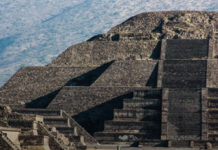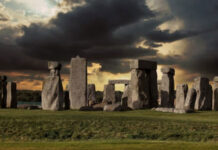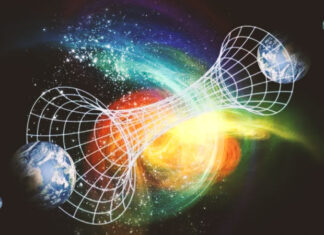
Nikola Tesla was one of the most influential and visionary scientists of all time, but also one of the most misunderstood and underappreciated.
Books and documentaries tell the moving biography of Tesla, an icon of pop culture, symbol of the brilliant and eccentric scientist.
Throughout his life he lived ahead of his time and his legacy endures to this day.
These are some of his most important inventions that changed the world.
Induction Motor and Alternating Current
In May 1888, Nikola Tesla published a scientific article detailing the operation of what would be his greatest success as an inventor: the alternating current induction motor, with great advantages over direct current electric motors.
Its operating principle was to generate movement in the motor by means of rotating magnetic fields, produced by a polyphase alternating current.
All current appliances that have motors, such as refrigerators, vacuum cleaners, fans and compressors, use the technology created by Tesla.
Remote Control

Few people know this, but it was Nikola Tesla who created the remote control.
In 1898, he presented a device capable of controlling a miniature boat from a distance.
At the time, the invention was not successful, but decades later it was applied in various equipment.
Radio
History claims that Guglielmo Marconi was the inventor of the radio, but, in fact, Tesla was the true creator of the means of communication.
In 1901, Marconi managed to carry out the first transatlantic radio transmission using Tesla’s inventions, which had already patented the equipment a year earlier.
In 1904, the patent was reversed and granted to the Italian, who received a Nobel Prize in 1911 for the invention.
Marconi was sued by Tesla and the matter dragged on through the courts until 1943, when the United States Supreme Court posthumously recognized Tesla as the inventor of the radio transmission system.
Tesla Coil

One of his most famous and important inventions is the Tesla Coil.
The Tesla Coil is a high voltage receiver, composed of coupled resonant electrical circuits that generate high frequencies and can produce enormous voltage values.
This coil was invented in 1890 and the intention was to make a power transmission system for long distances, without using wires and electrical cables.
The Wardenclyffe Tower, also known as the “Tesla Tower”, was built in 1901 and was a huge Tesla Coil, over 30 meters high, through which the scientist intended to send wireless telephony, radio broadcasting and electrical energy signals. unlimited worldwide.
Fluorescent and Neon Lamps
Thomas Edison is the inventor of the incandescent light bulb and during the “War of Currents” he refused to sell his light bulbs to Westinghouse, Tesla’s employer, who had won the contract to light the entire 1893 Chicago World’s Fair with his Alternating Current. What forced Tesla to, in less than three months, design, patent and manufacture 200,000 units of new light bulbs.
Among the models created were the electric arc lamp, an improvement on the arc lamp invented by Humphry Davy in 1812, fluorescent lamps, which only began to be sold in 1938, and neon lamps.
Throughout his life, Tesla developed and patented more than 30 different types of light bulbs.
X-Ray
Although Tesla is not considered the mastermind behind this technology, he was the one who originally studied ionic radiation and electromagnetism.
Thanks to his research, many scientists were able to study X-Rays.
Furthermore, he was the first professional to alert the world of science about the dangers of working with this type of radiation.
Death Ray
Like Tesla’s Tower, his idea of ”Death Ray” was one of many hypotheses that inspired scientists of future generations.
According to Tesla’s reports, it was a weapon he designed during World War II that could fire a beam of particles and disable entire fleets of ships and aircrafts hundreds of miles away.


















